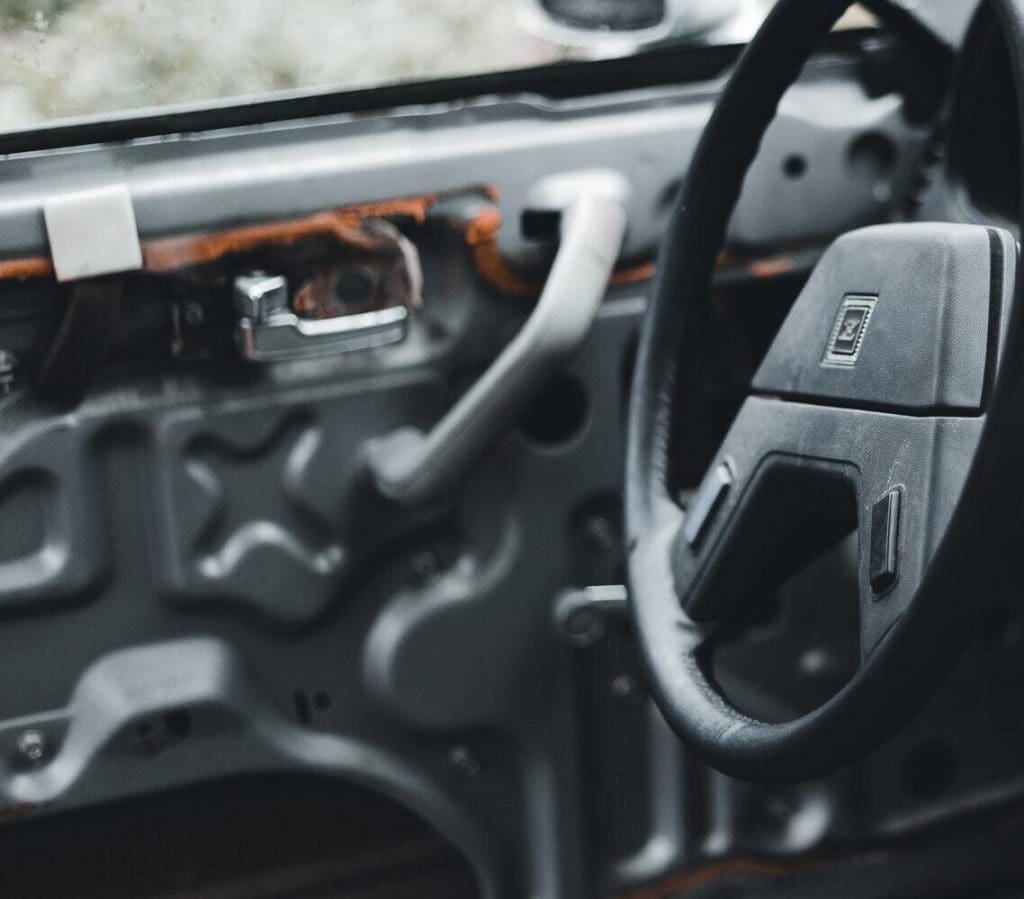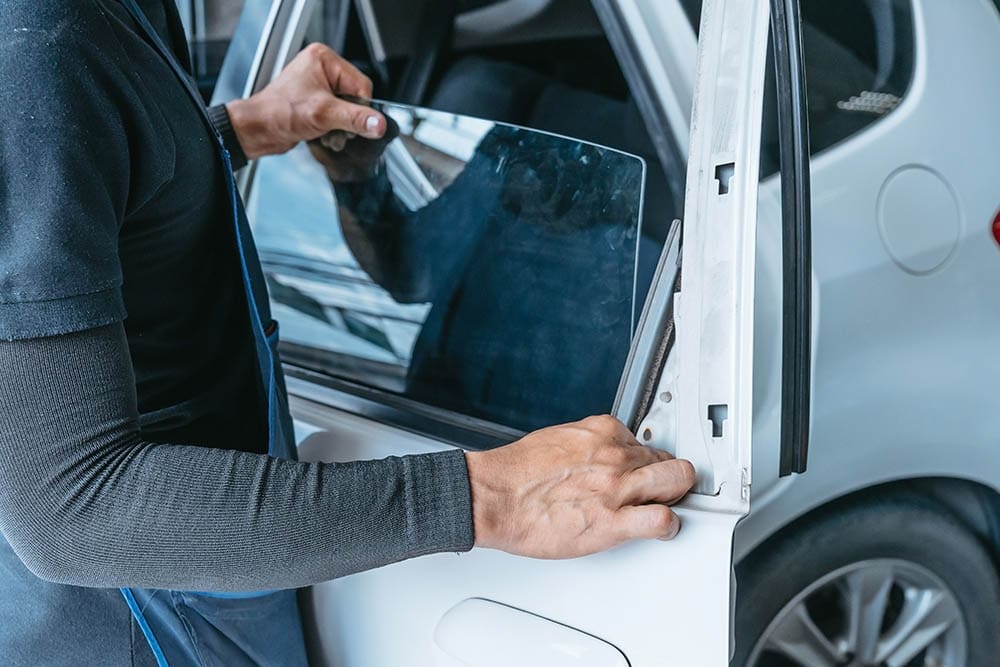Can You Build Your Own Car? Laws & Considerations
-
Ed Malaker
- Last updated:

Building a car from scratch is the dream of any auto mechanic, but you might be wondering if it’s legal to do so. The good news is that no laws prevent you from building a car, but there are quite a few steps that you will need to take to make it legal for the road. Keep reading as we look at all the laws and other factors you must consider before you start.
Car Building Considerations

Car Kits
Since it would be nearly impossible to construct all the components at home, the best way to build a car is to start with a car kit. You can purchase one from several places, including Caterham and Factory Five.
The kits come with all the necessary parts to construct the car of your dreams. Also included is a step-by-step instruction manual that you must follow closely. Your first consideration is what kind of car you would like to build.
Cost
The cost of your car kit will depend on the brand you choose. While the kit will typically cost less than the car you are replicating, many kits can exceed $30,000 or even $40,000.
Difficulty
One important consideration when choosing a kit is the difficulty of constructing it. Many automobile kits have hundreds of steps and require special tools. Before choosing a kit, make sure you can invest the time required to build it and look over the kit carefully to ensure that you have all the needed tools. A great kit for first-time builders comes from DF Kit Car, and its Goblin costs about $9,000. These kits are also easy to build with standard tools.
Space
When building your car, one thing that is easy to overlook is that the parts can take up considerable space. If you plan to build in your spare time, it might take longer than expected, so you will need an area to devote to the project.
Car Building Laws

Is My Kit Car Street Legal?
Unfortunately, your kit car will not be street-legal when you complete the building, and you will need to take several steps to make it so. Also, each state has unique laws that govern what is required to make the car legal. Regardless, you will need to take care of the following:
- You need to fill out an Application for Original Registration to register the car with the state, which is required by law for any vehicle.
- You need to fill out a Statement of Construction. This statement enables the department to determine the value of your car for tax purposes.
- You must also complete a Verification of Vehicle form and apply for a vehicle identification number.
- Your vehicle must also pass any state inspections and emissions tests before you can drive it on the road.
What Parts Does My Car Need to Be Street Legal?

Your car will need various components to prove it is safe and roadworthy. Most of these items will be checked at your yearly inspection to ensure they are working properly.
Bumpers
Bumpers are a vital component of any car, and they help ensure minimal damage from minor collisions. There needs to be a bumper in the front and back of the vehicle, and they must meet the Department of Transportation’s requirements concerning construction materials and ground clearance.
Brakes
You must have front and rear brakes and an easily accessible emergency brake. Your brake pads’ thickness will be tested yearly during the inspection to see if they need replacing.
Emissions Control System
With a strong worldwide push toward greener vehicles, your vehicle’s emissions control system will be one of the most essential components to get right. Some states, like New York, New Jersey, and California, have strict requirements regarding emissions that can be tough to meet with a DIY car. Many people find this part the biggest obstacle to getting their car on the road.
Engine Hood
All cars are required to have a hood over the engine.
Horn
You must be able to hear the horn of your DIY car at least 200 feet away to be street-legal.

Ground Clearance
While there are many lifted and lowered cars driving around, there are laws governing clearance, and you must ensure that you are within guidelines to get your vehicle approved for the road.
Lights
Lights are essential components that your mechanic will check during an inspection. Every car needs functioning headlights, taillights, turn signals, and brake lights to drive on the road. All lights must be approved and enclosed in the proper covers.
Mirrors
Most vehicles require at least two mirrors to be street-legal to minimize blind spots around the car. Oversized vehicles may need even more.
Seat Belt
While driving, wearing a seatbelt is the law in most states, so your vehicle must have one for each seating position.
Steering Wheel
Every car will need a steering wheel, and it has to be round. Getting a car to pass inspection with an odd-shaped wheel will be much more challenging.
Windshield
Your vehicle will need a standard windshield that follows laws regarding tinting and strength. You will also need working wipers to keep it clear in adverse weather. Mechanics test the wipers during inspection to ensure that they are working correctly.
License Plate
Once you apply for your original registration, you’ll need a license plate to attach to your car and keep visible.
Conclusion
While building a car is a lengthy process with hundreds of steps, it’s possible to do, and many people have found success. As long as you follow the steps to get it registered so it has a VIN, license plate, and current inspection, your car is legal for the street, and you can even sell it if you want. While many kit cars are expensive, they are much cheaper than the vehicles they replicate, and you can save a lot of money.
See Also:
- 6 Best License Plate Frames in 2023: Reviews & Top Picks
- 10 Wildflowers That Grow in Texas (Identification Guide With Pictures)
Featured Image Credit: Erik Mclean, Pexels
Contents
